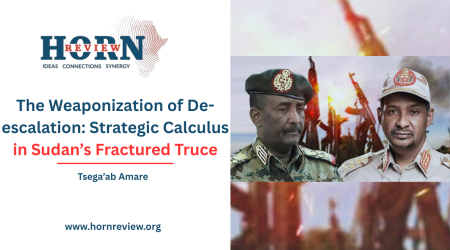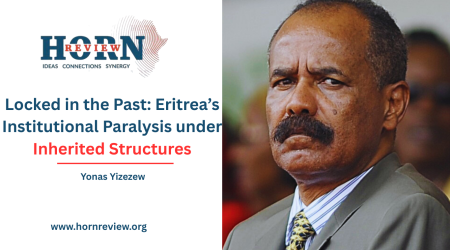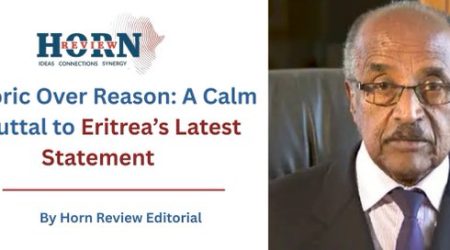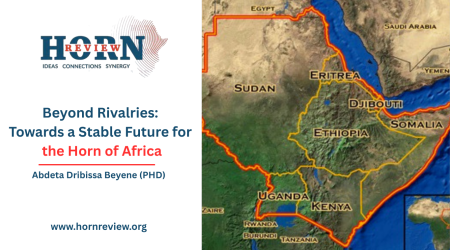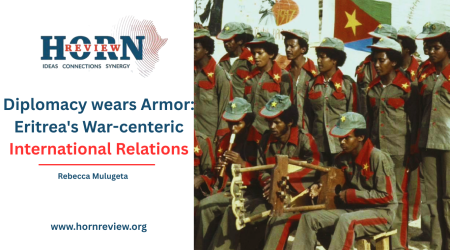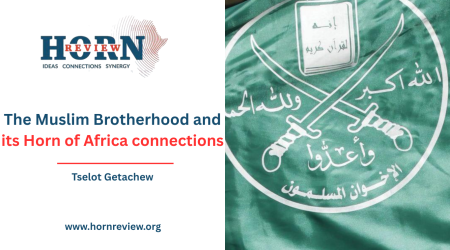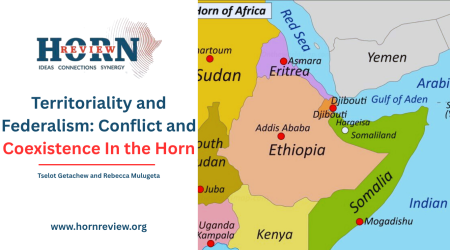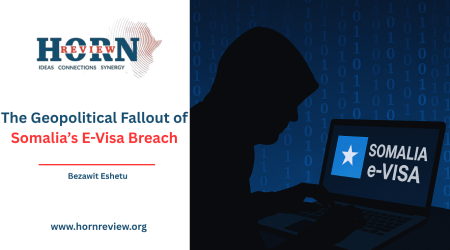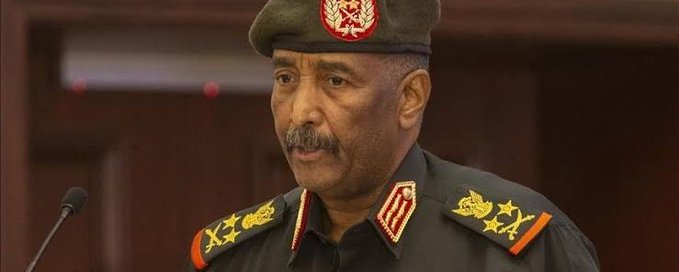
26
Jun
Elusive Civilian Government in Sudan and the Way Forward
In October 2020, Sudan’s transitional government and warring factions signed an agreement a.k.a. the Juba Agreement for Peace. This agreement covered highly complex and wide-ranging areas, including governance, security, and transitional justice. The actors of the agreement were the transitional government, the Sudanese Revolutionary Front (SRF), and specific armed groups. In essence, the Juba Peace Agreement is a landmark effort to address the root causes of conflict in Sudan and pave the way for a more stable and democratic future.
The agreement also aimed at informing future negotiation processes. One of the central issues included in the agreement is the power-sharing elements and the federal arrangements that it establishes. This peace agreement granted armed movement leaders a 25% share of the executive government.
The Juba peace parties now disagree with the new Prime Minister Kamil Idris’s vision for filling up government offices. Following a meeting with the parties to the Juba Peace Agreement, Kamil Idris presented his vision for government formation by submitting the names and CVs of candidates for ministerial positions. The parties to the Juba Agreements demand that they should continue holding the ministerial portfolios and sovereign positions they obtained under the agreement. More specifically, the ministries of Finance and Minerals are the most prominent portfolios that they want to keep holding on. However, this demand faced rejection from other parties, since the Juba Peace Agreement did not specify ministries based on the signatories, but, rather, only a 25% share for all parties to the Juba Peace Agreement. Only defected members of the various movements showed some flexibility in accepting the prime minister’s proposal.
The leader of the Sudan Liberal Movement and the Leader of the Justice and Equality Movement rejected the prime minister’s vision. A lengthy meeting was held to bridge the gap between those who oppose it and those who reject it. The aim of Kamel Idriss is actualizing a government formation that consists of 22 ministries. The assigned civilian Prime Minister paints a rosy picture of Sudanese politics, but the public is skeptical of this new development as the grim experience of the short tenure of former Prime Minister Abdullah Hamdok is still fresh in their memory. The issue is now how to bring actual change in Sudanese politics.
Sudan is accustomed to military governance and has a history of overthrowing civilian governments. The choice Sudan faces is as follows. For the time being, the Sudanese public and Idris must accept military rule, since power is in the hands of the central military authority led by Burhan, who will restrict the role of civilian rule by confining the Prime Minister’s leadership to handling only some civil administration tasks. The final goal should be the transformation of military rule to democratic civilian rule. The latter is a daunting task that, first of all, requires coming to terms with the part of Sudan controlled by the Rapid Support Force (RSF) one way or another. Then, the central government must pursue the democratic ideals of division of powers and fair and free election as well as constitutionality.
By Markos Haile Feseha,Researcher,Horn Review

